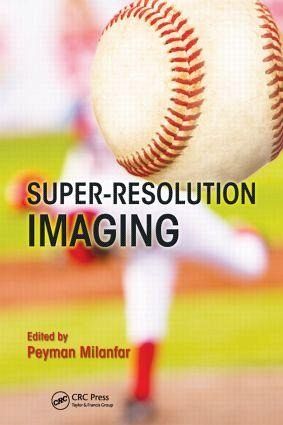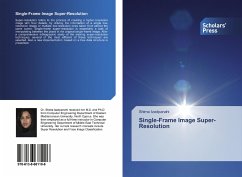
Super-Resolution Imaging

PAYBACK Punkte
113 °P sammeln!
This book functions as the definitive overview of the field of super-resolution imaging. Written by the leading researchers in the field of image and video super-resolution, it surveys state-of-the-art techniques, and each detailed chapter covers the implementations and applications of super-resolution imaging. Its 14 sections span a wide range of modern super-resolution imaging methods and includes variational, Bayesian, feature-based, multi-channel, learning-based, locally adaptive, and nonparametric methods. It discusses, among others, medical, military, and remote-sensing applications. The...
This book functions as the definitive overview of the field of super-resolution imaging. Written by the leading researchers in the field of image and video super-resolution, it surveys state-of-the-art techniques, and each detailed chapter covers the implementations and applications of super-resolution imaging. Its 14 sections span a wide range of modern super-resolution imaging methods and includes variational, Bayesian, feature-based, multi-channel, learning-based, locally adaptive, and nonparametric methods. It discusses, among others, medical, military, and remote-sensing applications. The book can be used as a reference, a basis for short courses on the subject, or as part of a graduate course on digital image processing.













